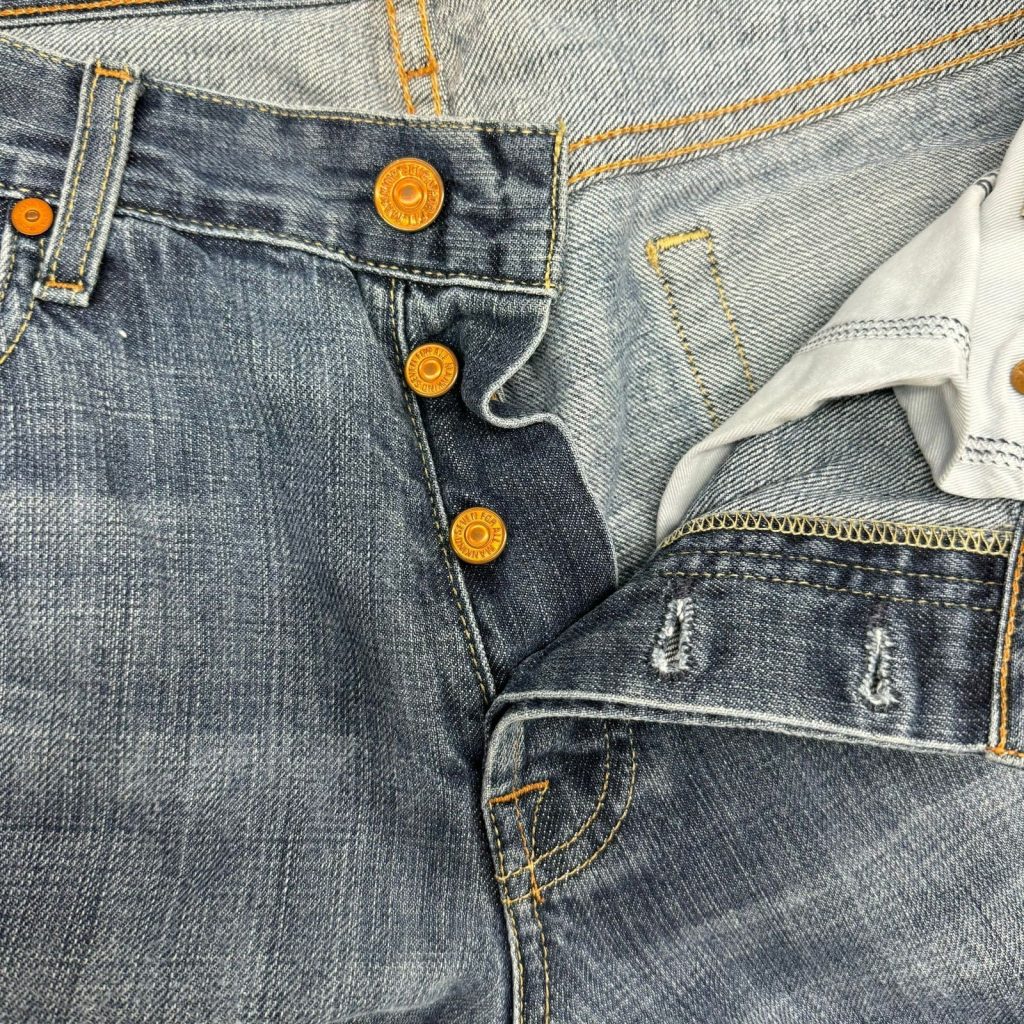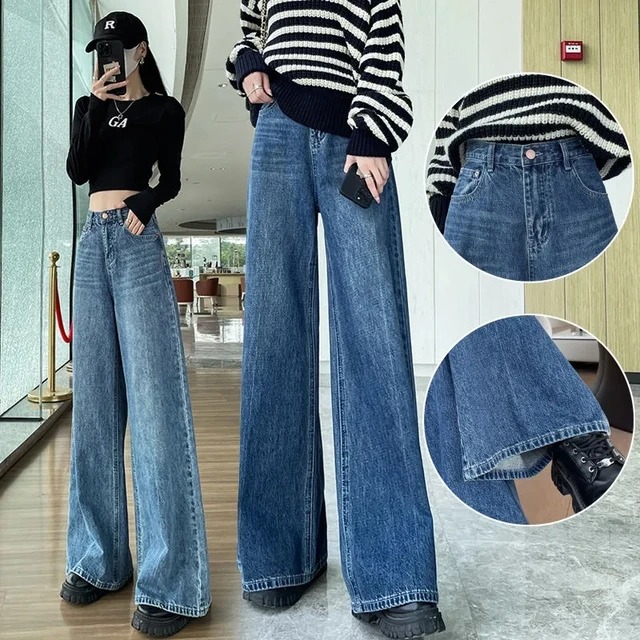The Importance of the Right Fit for Your Body Type
How should jeans fit? Finding jeans that fit well is crucial. It can change how you look and feel. No matter your body type, the right jeans will flatter your shape and offer comfort. The goal is to balance proportions and highlight your best features. Let’s delve into how to identify your body shape and match it with the best-fit jeans.
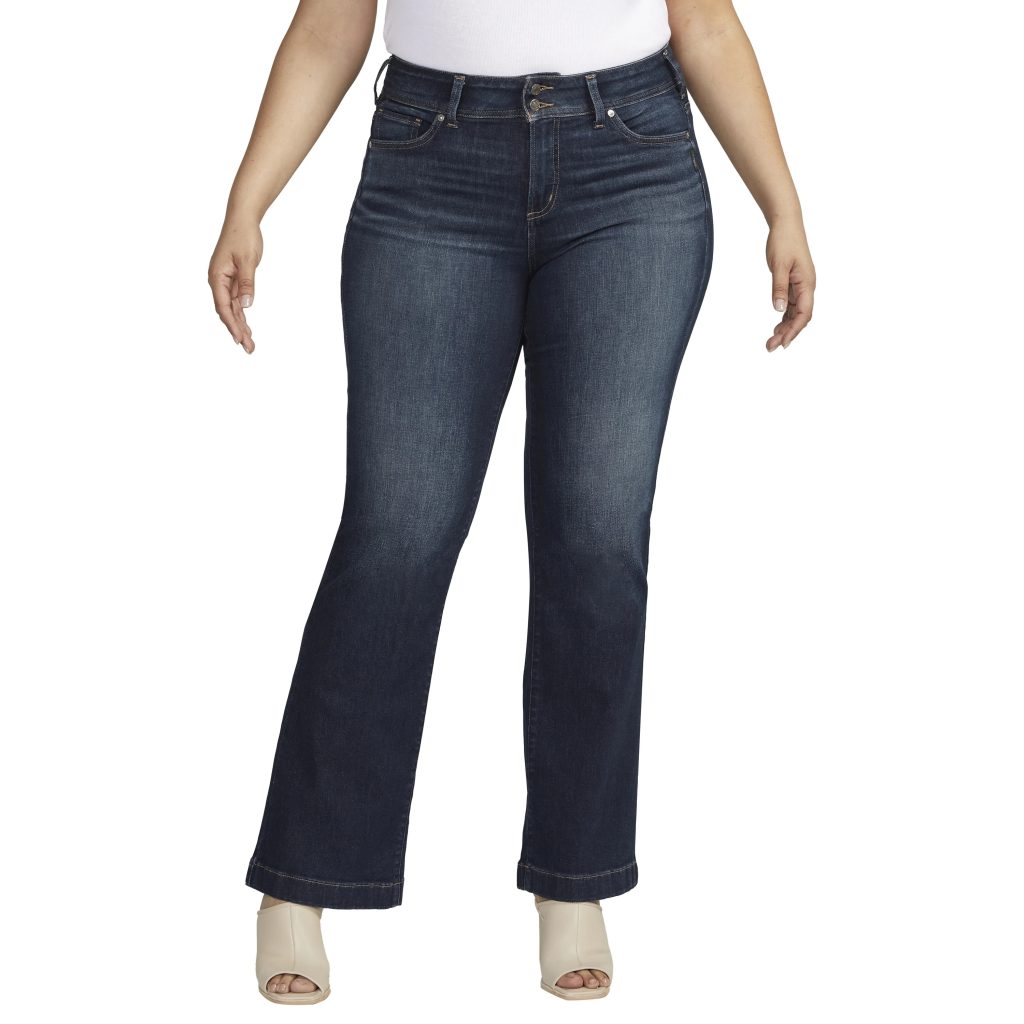
Identifying Your Body Shape
Know your body before picking jeans. Are your shoulders wide? Maybe you’re muscular or have a rounder middle? Pay attention to these details, as they guide your fit choice. Measure your waist, hips, and inseam accurately for a good start.
Matching Fits to Your Physique
Once you know your body shape, select jeans that match. If you’re tall, avoid high rises—they make you look taller. Big guys should opt for a mid or low rise for a comfy fit. Skinny gents can usually wear any rise comfortably. Choosing the right jeans makes you look and feel better instantly.
Understand the Basic Fit Types
Navigating through the world of jeans, understanding the basic types of fits is key. Knowing if you prefer slim, regular, or loose fits forms the foundation of selecting your ideal pair.
Slim vs Regular vs Loose Fits
Slim fits hug your body closely, ideal for leaner frames. Regular fits offer a balanced shape, suitable for most body types. Loose fits provide extra room, favored for comfort and a more relaxed look.
Rise: Low, Mid, and High Explained
Rise refers to the distance between the crotch and waistband. Low rise sits below the waist, perfect for a casual style. Mid rise sits at the waist, a versatile choice for many. High rise goes above the waist, elongating your legs and suitable for taller builds.
The Role of Denim Fabric in Fit
The fabric of your jeans plays a big role in how they fit. Different types of denim offer various levels of comfort and movement. Let’s explore the two main types, rigid and stretch denim, and understand how fabric weight impacts the fit.
How Fabric Weight Affects Fit
The weight of denim fabric, measured in ounces, changes how jeans sit on your body. Lighter fabrics drape more and offer a breezy feel, good for warmer days. Heavier denim is sturdier and can create a structured look.
Perfecting the Waist and Seat
Finding jeans that sit perfectly around your waist and seat is essential. The waist should not pinch or feel loose. The seat must contour well to your body, without excess fabric or tightness making you uncomfortable.
Finding the Right Waist Size
Seek jeans that fit snugly at your waist without a belt. You should be able to slide only a couple of fingers between the jeans and your waist. This indicates a good fit.
Ensuring a Flattering Seat Fit
The seat of your jeans should lightly hug your buttocks. Look for a middle ground – not so tight that it restricts movement, nor so loose that it sags. Well-fitting jeans will give you a smooth silhouette without discomfort.
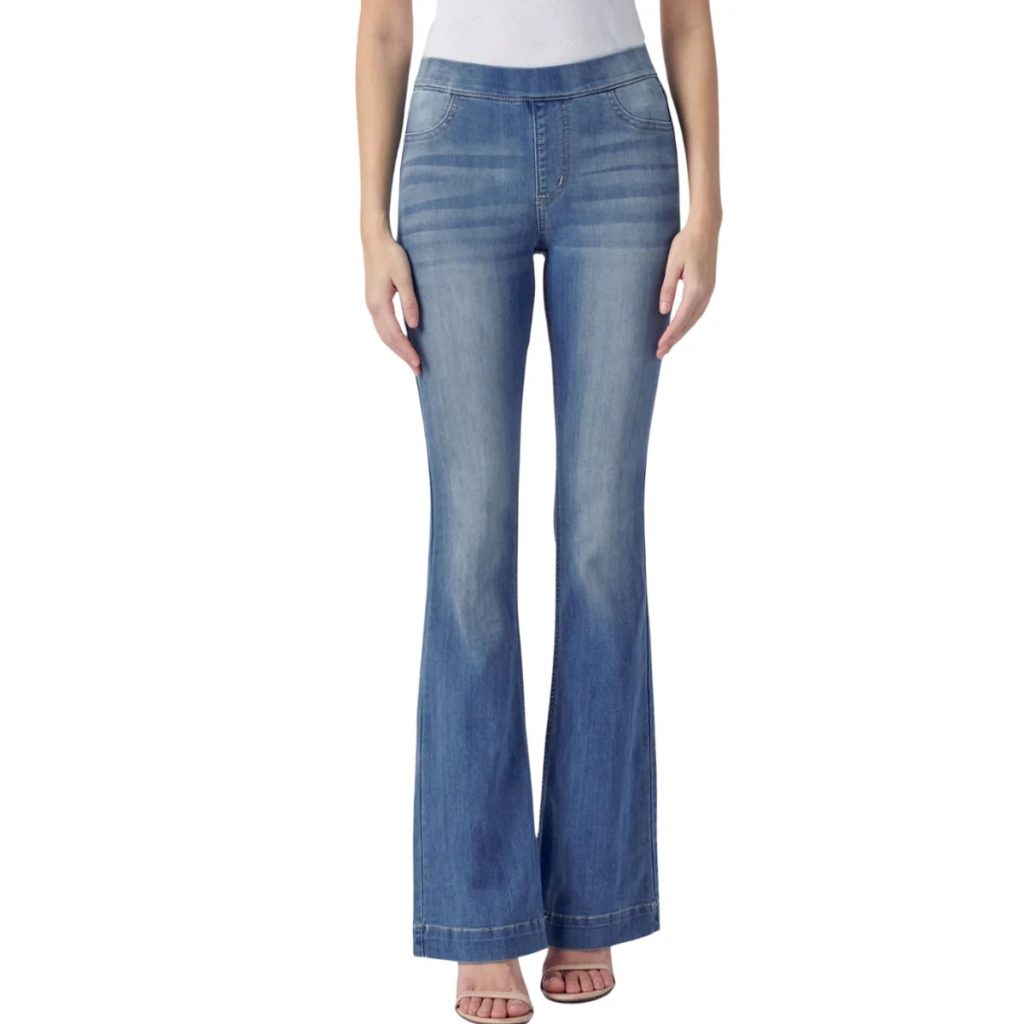
The Impact of Leg Shape and Opening
Finding jeans that complement your body involves more than just the waist and seat. The leg shape and opening play a crucial role in achieving a flattering fit. Let’s break down the key measurements and how to pick the best leg style for you.
Thighs and Knee Measurements
To ensure your jeans are comfortable and don’t restrict movement, it’s important to consider the thigh and knee width. Jeans that are too tight in these areas can hinder your mobility and feel uncomfortable. On the other hand, jeans that are too loose can look baggy and disheveled. A good rule of thumb is to look for jeans that offer a snug, adaptable fit around your thighs and through the knees.
Choosing the Right Leg Opening for Your Style
The leg opening of your jeans influences the overall silhouette of your outfit. Whether you’re into straight-cut, bootcut, or tapered leg styles, each type of leg opening serves a different aesthetic purpose. Straight leg jeans provide a classic, timeless look, while tapered styles offer a modern feel, contouring with your natural leg shape.
The Art of the Hem
Getting the length of your jeans just right enhances their overall appearance and comfort. Achieving the desired fit at the hemline is both an art and a practical consideration. Let’s explore how to find the ideal length and break, and the merits of professional hemming versus doing it yourself.
Ideal Length and Break
Jeans should fall gracefully to create the perfect ‘break’—the fold or bend above the shoe. This is a crucial detail that sharpens your look. Aim for a length that sees the hem resting gently on the top of your shoes; this is the ‘full break’ style. For a cleaner look, a ‘half break’ or even a ‘no break’ can also be sophisticated choices, especially for dressier occasions. Remember that the right break enhances your silhouette and works harmoniously with your shoe choice.
Professional Hemming vs DIY
When hemming jeans, precision matters for that pristine finish. While do-it-yourself hemming can be appealing, it’s often best to entrust this task to a professional. They have the expertise to maintain the original features, such as the chain stitching, and ensure the adjustment doesn’t distort the jeans’ original shaping.
If you’re experienced with sewing, DIY hemming can be a rewarding project. It allows you to customize the length to your exact preference, but tread cautiously—poorly executed hemming can ruin the fit and feel of your jeans. Weigh the potential risks against the cost of professional hemming to make an informed decision.
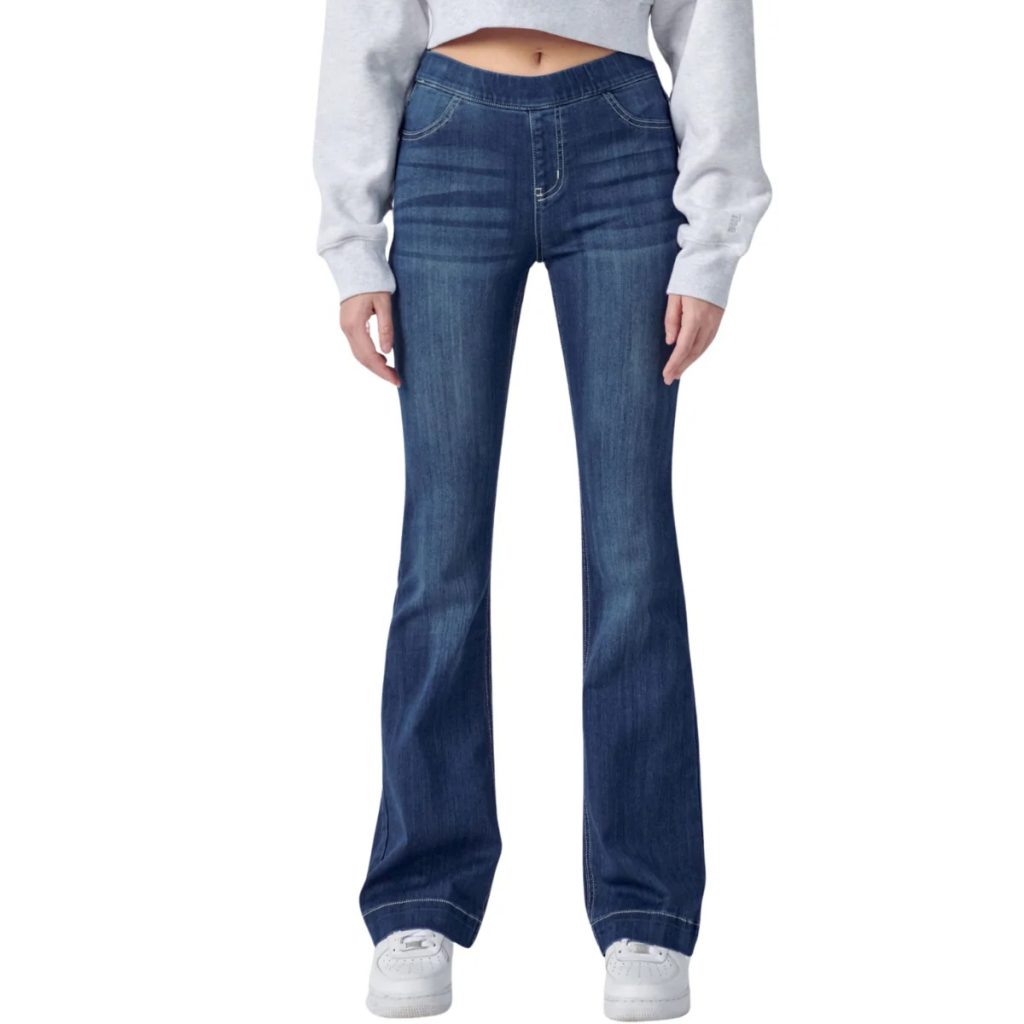
Jeans for Different Builds
Finding the perfect jeans is not a one-size-fits-all situation. Here are some fit guidelines to consider for different male builds:
Guidelines for Average, Tall, Short, Big, and Skinny Guys
- Average Builds: Opt for mid to low rise jeans with a straight or slightly tapered leg. Avoid super skinny fits.
- Tall Builds: Choose jeans with a mid to low rise and straight or slim legs. Stay away from jeans that are too long, as they can make you look taller.
- Short Builds: Go for mid or high rise jeans to create the illusion of length. A straight leg can help elongate your appearance. Avoid low rise and overly baggy jeans.
- Big Builds: Select jeans with a mid to low rise and a tapered leg. Roomy thighs are comfortable and avoid skin-tight options that can exaggerate size.
- Skinny Builds: Try various rises and leg shapes, including skinny fits. Use heavier denim to add substance to your frame. Stay clear of super skinny styles.
By adhering to these guidelines, you can enhance your body shape and feel great in your denim.
Final Tips for Jeans Shopping
Finding the perfect jeans isn’t just about following guidelines; it’s about experiencing them in practice.
Importance of Trying On Jeans
Always try on jeans before buying. Fit, comfort, and appearance can only be truly assessed in person. Visiting stores, wearing different styles, and moving around in them helps you feel the fit. Remember, sizes can vary between brands.
Taking Care of Your Jeans for Lasting Fit
Once you’ve found your perfect jeans, keep the fit great with proper care. Wash them sparingly and inside out to preserve color and fabric. When you do wash, use cold water and gentle detergents. Last, avoid the dryer. Let your jeans air dry to maintain their size and shape.
